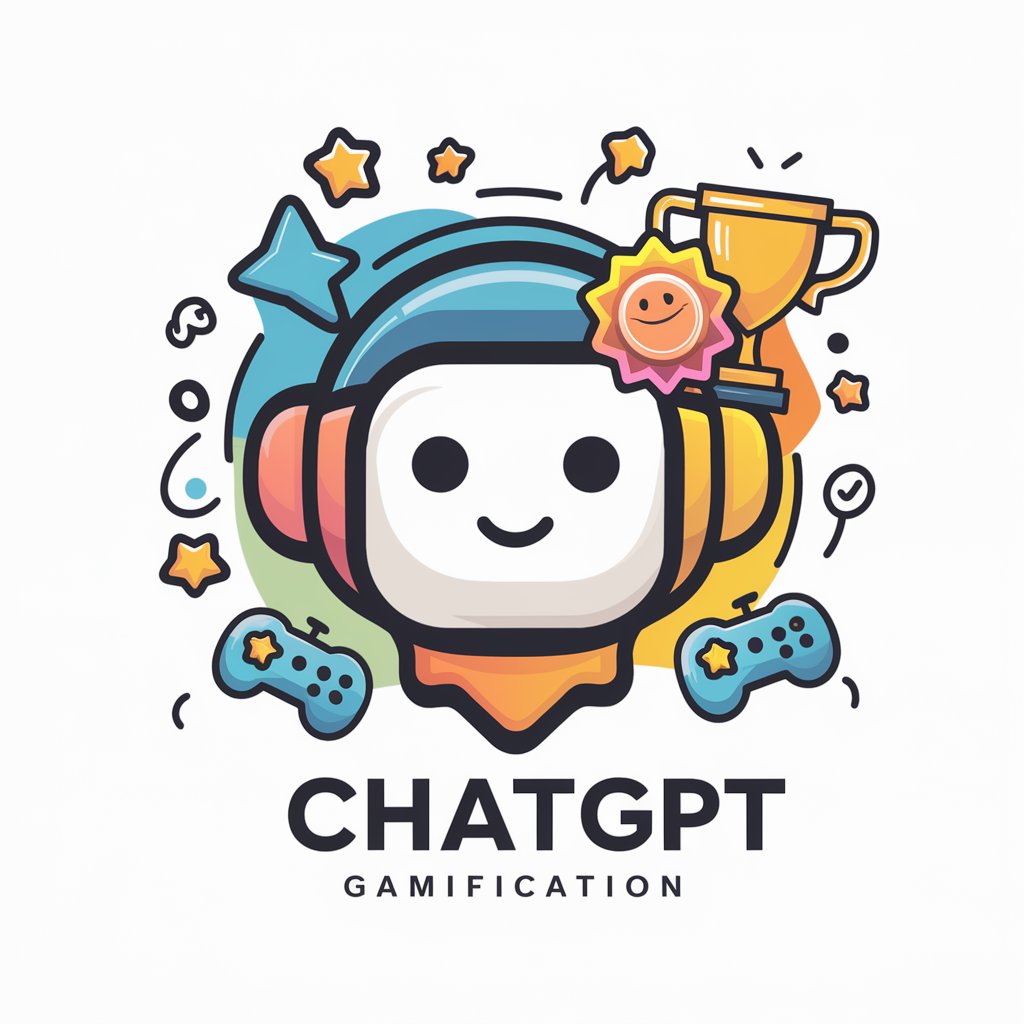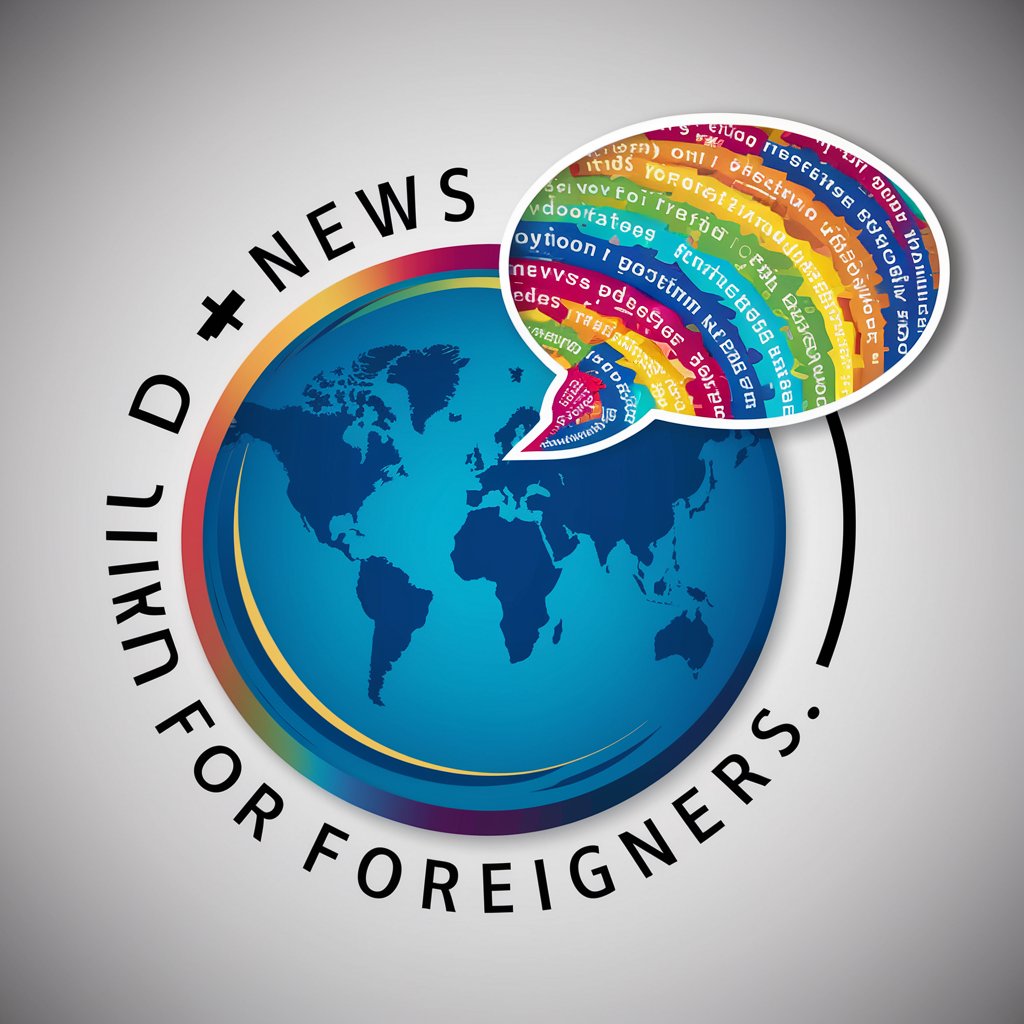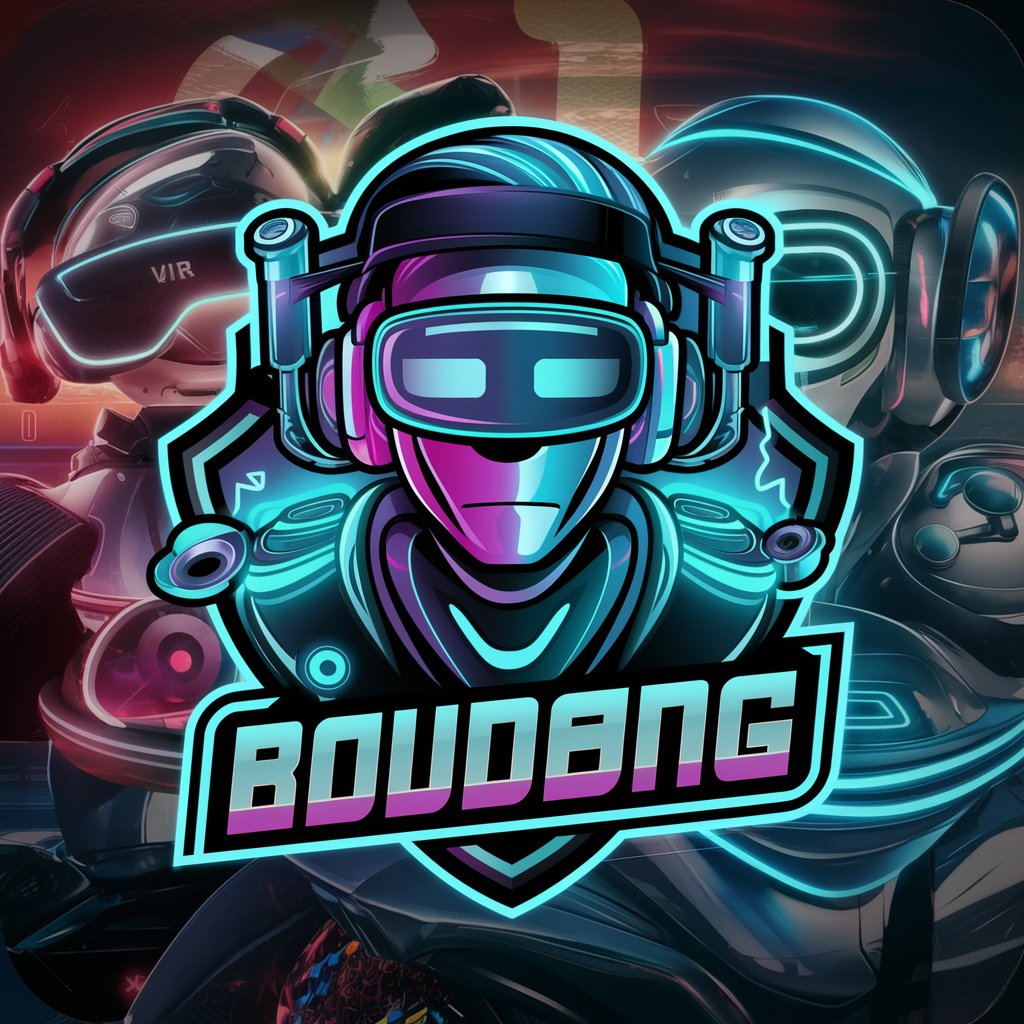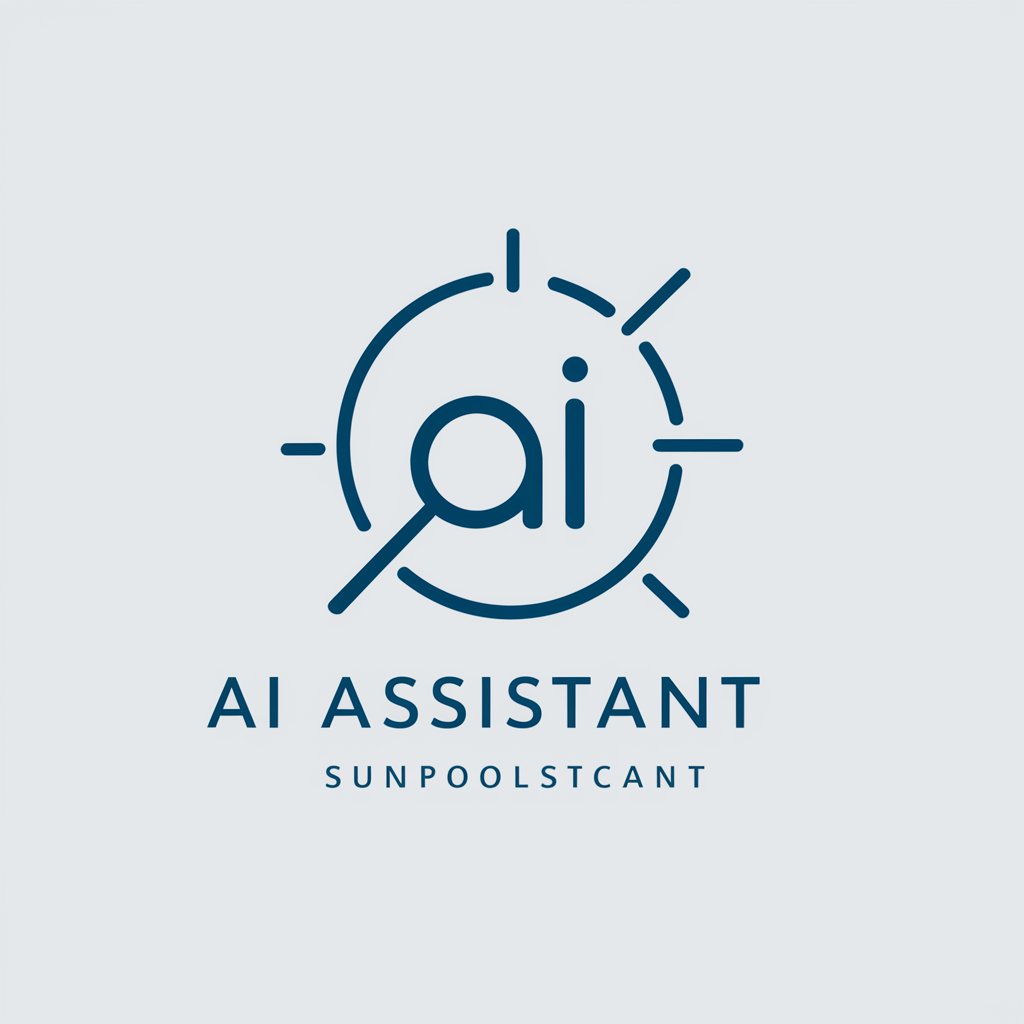gamification - Gamified Engagement Tool

Welcome! Let's make learning fun and interactive!
Elevate experiences with AI-powered gamification
Let's start with a fun challenge:
How about a quick quiz on:
Ready for an exciting task? Try:
For a rewarding experience, let's:
Get Embed Code
Understanding Gamification
Gamification involves integrating game mechanics into non-game environments to enhance user engagement, motivation, and overall participation. This approach capitalizes on the intrinsic human desire for competition, achievement, and recognition. By embedding elements such as points, badges, leaderboards, challenges, and rewards into platforms, gamification transforms mundane tasks into more engaging and enjoyable activities. For example, in an educational context, a learning management system (LMS) might incorporate gamification by awarding students points and badges for completing lessons and passing quizzes. This not only makes the learning process more engaging but also encourages students to achieve higher levels of mastery. Similarly, in the corporate world, gamification can be used to enhance employee training programs, drive sales performance, and improve customer engagement by turning routine tasks into competitive and rewarding experiences. Powered by ChatGPT-4o。

Key Functions and Real-World Applications of Gamification
Enhancing Engagement
Example
A fitness app awards points and achievements for workout milestones.
Scenario
In a fitness application, gamification mechanisms like points, badges, and challenges motivate users to maintain their workout routines. Users can unlock achievements for hitting specific milestones, such as running their first 5k, which boosts motivation and encourages a healthy lifestyle.
Educational Advancement
Example
An online learning platform uses leaderboards and progress tracking.
Scenario
Online educational platforms implement gamification by displaying progress bars, providing achievement badges, and ranking students on leaderboards based on quiz scores and completed modules. This competitive environment fosters a sense of accomplishment and stimulates continuous learning.
Customer Loyalty and Retention
Example
A retail loyalty program offers points redeemable for discounts or special offers.
Scenario
Retail and e-commerce sites use gamification to enhance customer loyalty by offering points for purchases, reviews, or social media shares. These points can be redeemed for discounts, special offers, or exclusive products, encouraging repeat business and brand advocacy.
Employee Performance and Training
Example
Corporate training platforms feature gamified modules with rewards for completion.
Scenario
Companies integrate gamification into their training platforms to make learning and development more engaging for employees. By completing modules, employees earn rewards or recognition, which motivates them to engage with the material actively and improves retention of information.
Who Benefits from Gamification?
Educators and Students
Educational institutions and learners at all levels can benefit significantly from gamification. For educators, it offers a novel way to capture students' attention and encourage active participation. Students, on the other hand, find a more engaging and interactive learning environment, which can lead to improved understanding and retention of material.
Businesses and Employees
Businesses across various industries can leverage gamification to boost employee engagement, enhance training and development, and drive performance in sales and customer service roles. Employees benefit from a more dynamic and rewarding work environment, which can lead to increased job satisfaction and productivity.
App Developers and Users
Developers of mobile and web applications, particularly in the health, fitness, and productivity sectors, use gamification to increase user engagement and retention. Users benefit from a more enjoyable and motivating experience, which can help them achieve personal goals, from fitness milestones to productivity targets.
Marketing Professionals
Marketing teams use gamification to create more engaging and interactive campaigns that encourage customer participation and loyalty. This approach can lead to increased brand engagement, higher conversion rates, and a more substantial customer base.

Guidelines for Using Gamification
Start with YesChat.ai
Initiate your journey into gamification by exploring YesChat.ai for a hands-on experience without any login requirements, plus it's free of charge and does not require ChatGPT Plus.
Identify Your Goals
Determine what you aim to achieve with gamification. Common objectives include enhancing learning, boosting engagement, improving user retention, or driving specific behaviors in your audience or users.
Select Gamification Elements
Choose the game mechanics that best align with your goals. Options include points, badges, leaderboards, challenges, and progress tracking. Ensure these elements are relevant and add value to your users' experience.
Implement and Integrate
Incorporate the selected gamification features into your platform, ensuring they are seamlessly integrated with the user interface and experience. Prioritize simplicity and user-friendliness to encourage participation.
Monitor and Optimize
Track the performance of your gamification strategy using analytics. Use this data to understand user behavior, engagement levels, and areas for improvement. Continuously optimize your approach based on these insights.
Try other advanced and practical GPTs
Diplo Hub
Empowering Diplomacy with AI Insight

PropertyPro JA | 🇯🇲🌴
Empowering Property Decisions with AI

"Art Gallery Guide"
Enhance Your Gallery with AI

World News for Foreigners
AI-driven, personalized global news updates

Chitter
Share and discover joy with AI

節税マスター「ザイキチ(財吉)」
Optimize Taxes with AI Precision

Cartoon Image Creator
Transforming Reality into Cartoon Artistry

🎮 Gamer's Companion lv3.6
Elevate Your Game with AI

🌀 Spin Doctor lv2.9
Empowering Your Personal Brand with AI

DisclosureGPT
Unlock the truth about UFOs with AI
Six Sentence SciFi
Craft, Visualize, Share Your SciFi

今北産業
AI-powered concise content summarization

Frequently Asked Questions About Gamification
What is gamification and how does it work?
Gamification involves applying game-design elements and principles in non-game contexts to engage users and solve problems. It works by leveraging the natural desires for socializing, learning, mastery, competition, achievement, and status among users.
Can gamification improve learning outcomes?
Yes, when properly applied, gamification can significantly enhance learning outcomes by making the process more engaging and interactive. It motivates learners through rewards, challenges, and instant feedback, leading to improved retention and understanding.
What are the key elements of a successful gamification strategy?
A successful gamification strategy includes clear objectives, a deep understanding of the target audience, carefully selected game mechanics, seamless integration, and continuous monitoring and optimization based on user feedback and analytics.
How can businesses benefit from gamification?
Businesses can use gamification to increase customer engagement, drive sales, enhance employee productivity, improve training outcomes, and foster loyalty. It's a powerful tool for motivating desired behaviors and achieving specific business goals.
What challenges are associated with implementing gamification?
Challenges include ensuring the gamification strategy aligns with user motivations, avoiding overcomplication, maintaining long-term engagement, balancing competition, and ensuring the ethical use of game mechanics to influence behavior.
